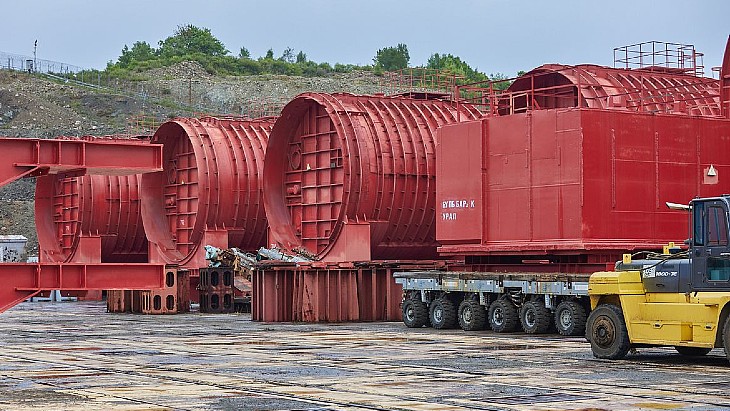Japan to start Fukushima fuel debris retrieval in 2021
Japan expects to start the retrieval of fuel debris from the Fukushima Daiichi nuclear power plant in 2021, the executive director of the Nuclear Damage Compensation and Decommissioning Facilitation Corporation (NDF) said yesterday. Three of the plant's six reactors suffered core meltdowns in the March 2011 accident, leaving melted nuclear fuel debris on the floor of their containment vessels.
NDF was established in September 2011 by the Japanese government and the country's nuclear power plant operators to manage a fund to support operators in providing compensation to victims of nuclear accidents. Although established following the Fukushima Daiichi accident, NDF will continue to be maintained in the future as part of the Japanese nuclear liability regime.
"We expect to select the retrieval method within the next few years, after which detailed design and mock-up tests will follow," NDF executive director Yasuharu Igarashi told delegates at the VII Atomexpo conference in Moscow. The event was hosted by Russian state nuclear corporation Rosatom. "For the start of retrieval of fuel debris, we are now thinking 2021," Igarashi said.
NDF has identified three "priority methods" for retrieving highly radioactive nuclear fuel debris in three reactors at Tokyo Electric Power Company's (Tepco's) Fukushima Daiichi plant. They are: submersion; partial submersion top access; and partial submersion side access. The first two rely on the removal first of core internals above fuel debris, while the third requires that the reactor pressure vessel pedestal exterior component inside the primary containment vessel (PCV) and interference have first been removed.
The submersion method would remove the debris in a submerged condition, with the containment vessel filled with water to shield against radiation and prevent the spread of radioactive materials during the retrieval process. The reactor damage would need to be accurately identified and repaired before water is poured in. Partial submersion means that water would only be used when the debris has been separated from the vessel floor. The debris would be removed from either the top or the side of the vessel. This method would require continuous cooling of the retrieved debris and measures to prevent radioactive materials from scattering.
Tepco started inspections of unit 1 of the plant in April using robots mounted with cameras and radiation-measuring equipment. The shape-changing robot began surveying conditions within the PCV of the damaged unit on 10 April. However, the robot stopped working before completing its mission. The robot was developed by the International Research Institute for Nuclear Decommissioning and Hitachi-GE Nuclear Energy to investigate hard-to-access areas of the plant. Tepco later sent in a second robot On April 20. The company said that it had decided not to try to retrieve a second robot dispatched inside the unit to avoid it becoming blocked and impeding future missions.
Igarashi said that NDF is following five "guiding principles" for risk reduction in its strategic plan for decommissioning the Fukushima Daiichi plant. They are that the plan is safe, proven, efficient, timely and "field-oriented", meaning it is based on the actual conditions of the site and structures.
"The decommissioning of the Fukushima Daiichi nuclear power plant is a continuous risk reduction activity to protect people and the environment from the risk of radioactive materials resulting from the severe accident," he said. "A risk reduction strategy along a mid- to long-term timeline will be designed in NDF's strategic plan."
The structure of NDF's risk management strategy is to be completed by 2017, he said.
In addition to fuel debris retrieval, the strategic plan will also include a policy for waste management involving storage, processing and disposal methods, he said.
NDF has reviewed international standards for waste management, he said, and the International Atomic Energy Agency's General Safety Requirements Part 5 and Specific Safety Requirements-5 are "important references".
Researched and written
by World Nuclear News
_17992.jpg)
_75800.jpg)







_88592.jpg)
_66488.jpg)

